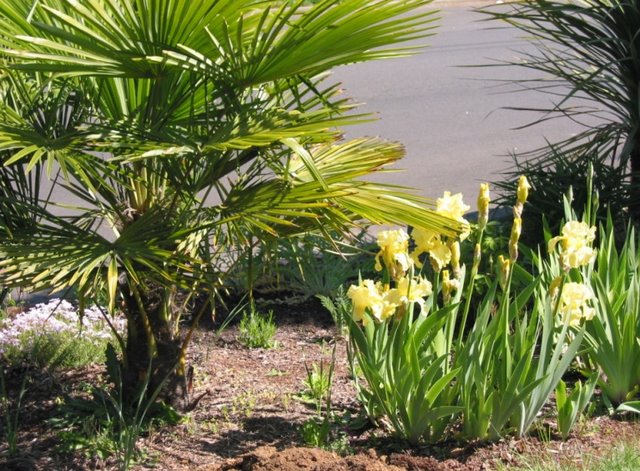I've been thinking about it for too long, so went ahead and ordered most of the seeds for next season. It's not so far away. Some cold tolerant plants may be planted in Feb or March.
I concentrated on plants that were as short-season as possible. I wanted ones that I could save seeds from for the future, so they need to be open pollinated, nonhybrid varieties. Where possible, I chose plants that have high likelihood to grow with cool summer nights and short summer season.
Here's my list from Seedsavers.org:
Watermelon, Petite Yellow to plant in May or June. Small fruits, 65-80 days.
Pepper, Santa Fe Grande, 75-85 days. May use row cover tunnel.
Pepper, Hot Portugal, 65-75 days. I usually get a few peppers each year. May use row cover tunnel.
Lettuce, Tennis Ball, 50 days.
Pea, Asparagus, 60-75 days. Something new to try.
Tomato, Dester OG, 70-80 days. This looks a bit like the pink Ponderosas I grew as a boy.
Tomato, Japanese Trifele Black, 70-80 days.
Tomato, Earliana, 60-70 days
Swiss Chard, Five Color Silverbee, 50-60 days. I don't know if we'll like it. Probably. Otherwise, there's the chickens to feed.
Radish, Cincinnati Market, 25-30 days
Radish, French Breakfast, 20-30 days
Watermelon, Blacktail Mountain. 65-75 days, regionally adapted (N. Idaho),
Melon, Minnesota Midget, 60-75 days. Early, North adapted, small size melons.
Salsify, Mammoth Sandwich Island, 120 days. Long season. Something different.
Okra, Clemson Spineless, 50-64 days. Needs warm. May use row cover tunnel.
Carrot, Scarlet Nantes, 65-75 days.
Carrot, Paris Market, 50-68 days. Round balls, like radishes.
Beet, Detroit Dark Red, 60-65 days.
I forgot to order Butternut squash and a couple of other things, but this is most of my planned kitchen garden.
I also ordered a few items from Sustainableseeds.com
Parisian Carrot Seeds - oops, duplicate
Chamomile, Roman, experiment, for edging kitchen garden beds
Chamomile, German Herb, experiment, for edging kitchen garden beds.
True Lavender Seeds, ditto. We may want to grow a lot more lavender - bees love it, it's dry tolerant, and smells great.
White Dutch Clover, mix into grass in my little orchard.
Organic Purple Top White Globe Turnip, heirloom, at least back to 1881. 57 days.
In my seed collection I have Roma bush beans, a dwarf Snowpea (forget the name). Also saved seeds for yellow wax pencil bush beans. And lots of various pepper and tomato varieties. Those may be too old. I'll need to check them for germination.
From Territorial Seeds, I ordered Rhizobium inoculum for beans and peas.
I'll probably add a few items, not much. This looks like a lot but the planting will go fast.



















